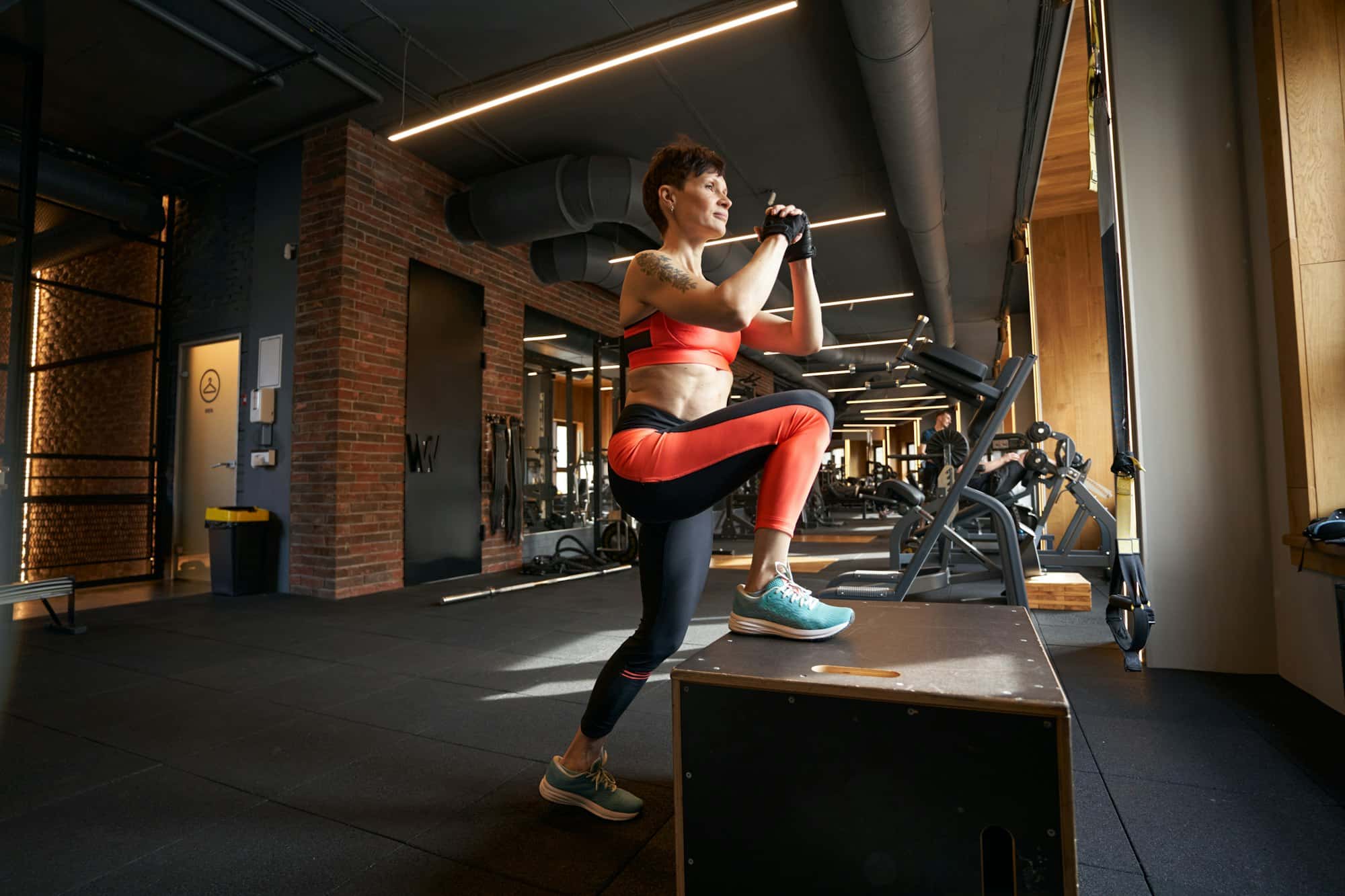What Are the Long-Term Effects of High-Intensity Plyometrics on Sprinters’ Joint Health?

If you’ve ever embarked on a training regimen involving high-intensity plyometric exercises, you’re likely to be aware of the potential benefits they offer in terms of muscular strength and overall performance. This type of training, often used by sprinters and other athletes, involves quick, explosive movements designed to maximize muscle power. However, questions arise about the safety of these exercises, particularly with regard to the long-term health of an athlete’s joints. This article will delve into the matter, exploring the effects of high-intensity plyometrics on joint health over time.
##Plyometrics and Muscle Performance
This might interest you : How Can Mixed Reality Training Simulators Aid in Cricket Batting Techniques?
Before we can understand the impact of plyometric exercises on joint health, it’s essential to understand the nature of these exercises and their effects on the muscles. Plyometrics, derived from the Greek word ‘pleythyein’ (to increase), emphasizes rapid stretching and contracting of the muscles to increase their power and explosiveness.
Common plyometric exercises include jump training, where athletes repeatedly jump off and onto boxes or platforms of varying heights to develop their leg strength and power. These exercises have been shown to improve muscle performance significantly, as highlighted by numerous studies available on databases like PubMed and Google Scholar.
Also to discover : What’s the Role of Stochastic Resonance Therapy in Balance Improvement for Skaters?
In a study conducted by Markovic, G. (2007), accessible through CrossRef, it was found that plyometric training improved the height of a CMJ (Countermovement Jump) by 7.5%, demonstrating the capacity of this form of exercise to enhance muscle power.
##The Effects of Plyometrics on Joint Health: Pre-Existing Studies
Now, let’s turn to the key question: What happens to the joints subjected to repeated, high-intensity plyometric training? To answer this, we’ll reference various scientific studies indexed on Google Scholar and PubMed.
Several studies suggest that the initial phase of plyometric training may cause an increase in joint stress. This is because the body is still adapting to the high-impact nature of these exercises. However, over time, the body learns to accommodate the stresses of plyometric training, leading to improved joint stability and resilience.
For instance, a study by Chimera, N.J., et al. (2004) found that plyometric training resulted in increased joint stability in athletes, especially around the ankles. This research, published in the Journal of Athletic Training and accessible via PubMed, demonstrated that such exercises can have a preventive effect against joint injuries in athletes.
##Understanding the ‘Open-Cond’ Approach to Plyometrics
The ‘Open-Cond’ approach, a relatively new method in plyometric training, aims to reduce joint stress and potential damage caused by traditional exercises. Open-Conditioned (Open-Cond) exercises allow the joints to move freely, utilizing the full range of motion to engage the muscles more effectively and avoid unnecessary stress on the joints.
In a 2022 study available on Google Scholar, it was shown that incorporating Open-Cond exercises in traditional plyometric routines reduced the occurrence of joint pain in athletes. This study, conducted by Myer, G.D., et al., indicated that the Open-Cond approach might be an effective way to mitigate the potential negative effects of plyometric training on joint health.
##Long-Term Effects of High-Intensity Plyometrics: The Verdict
While high-intensity plyometrics can initially place stress on the joints, over time, the body appears to adapt, resulting in increased joint stability and resilience. This conclusion is borne out by a series of studies available through databases like PubMed and Google Scholar.
Moreover, advancements in training methods, such as the Open-Cond approach, are providing ways to mitigate potential joint stress and damage from plyometric exercises. Still, further research is needed to fully understand the long-term implications of high-intensity plyometrics on joint health.
As with any training regimen, it’s crucial for athletes and their coaches to consider individual capabilities, health history, and goals. Consulting with sports medicine professionals can help determine the safest and most effective approach to plyometric training for each athlete. This consideration is vital because, as we’ve seen, although plyometrics can yield profound benefits in terms of performance and muscle power, they must be implemented carefully to protect the long-term health of an athlete’s joints.
##Adapting Plyometric Training to Promote Joint Health
Catering plyometric training to each individual athlete’s needs can go a long way in promoting long-term joint health. By incorporating modifications such as the Open-Cond approach, it’s possible to maximize the benefits of plyometric exercises while minimizing potential joint stress or damage.
A study conducted by Myer, G.D., et al., demonstrated that using Open-Cond exercises in plyometric training routines resulted in reduced joint pain. This approach allows the joints to move freely and engage the muscles more effectively, using the full range of motion. The study strongly suggests that adaptations to traditional plyometric exercises can lead to safer workouts that are less likely to negatively impact the joints.
Additionally, a strength cond training program that includes plyometric exercises can be tailored to the athlete’s specific needs. This could involve adjusting the intensity of the workouts, modifying the exercises, or incorporating rest periods to allow the body to recover. This customization can help to maximize the benefits of the training while protecting the long-term health of the athlete’s joints.
While plyometric exercises can significantly improve muscle performance and explosive strength, it’s essential to remember that joint health must not be compromised for the sake of short-term gains. Achieving an optimal balance between performance enhancement and joint health is key.
##In Conclusion: Balancing Performance with Joint Health
High-intensity plyometric training carries evident benefits for athletes, particularly in terms of muscular power and explosive strength. The impact on joint health, however, is a topic that necessitates careful consideration. While plyometrics can initially stress the joints, the body gradually acclimatizes, leading to increased joint stability and resilience.
The key to ensuring long-term joint health lies in the proper execution of plyometric exercises and the incorporation of adaptations like the Open-Cond approach. This approach, as shown in studies available on Google Scholar, effectively mitigates joint stress and enhances athletic performance.
Nevertheless, it’s crucial for athletes and their coaches to remember that individual capabilities, health history, and goals must inform the design of any training program. By consulting with sports med professionals, athletes can harness the power of plyometrics safely and effectively.
In the final analysis, while the benefits of high-intensity plyometrics are compelling, a balanced approach that prioritizes both performance and joint health is essential. This balance will ensure athletes not only reach their performance goals but also maintain their physical fitness and health in the long run. After all, the ultimate goal of athletic training is to enhance performance without compromising the athlete’s wellbeing.
